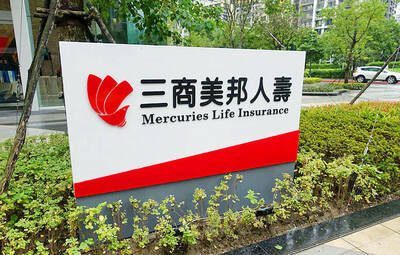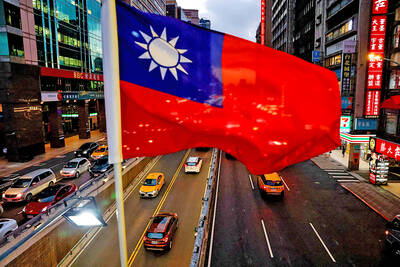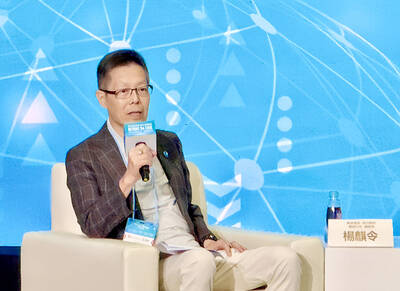Asian markets on Friday edged up as investors turned their attention to China-US trade talks, while keeping an eye on the Persian Gulf region after last week’s airstrikes on Saudi Arabian oil facilities fanned geopolitical tensions.
With a delegation from China in the US to prepare for higher-level negotiations next month, there are hopes that the economic powerhouses can find a solution to their trade dispute that has dragged on the global economy for a year.
Stock markets have enjoyed a broadly positive month thanks to hopes for the talks, with both sides appearing to offer olive branches and sounding less confrontational than they did in July and last month.
A shift by central banks to easier monetary policies — or a desire to do so — is providing some much-needed support to equities, although there was some disappointment in the US Federal Reserve’s lack of forward guidance this week for further interest rate cuts.
Still, there is an expectation that more measures were likely on the way, with Edward Jones investment specialist Kate Warne telling Bloomberg TV: “There’s a lot more monetary stimulus coming into the system.”
In Taipei, the TAIEX on Friday edged up 34.99 points, or 0.32 percent, to 10,929.69, rising 0.9 percent from a close of 10,827.55 on Sept. 12, with turnover totaling NT$144.52 billion (US$4.67 billion).
In Tokyo, the Nikkei 225 on Friday closed up 34.64 points, or 0.2 percent, at 22,079.09, a gain of 0.4 percent from 21,988.29 a week earlier.
The Shanghai Composite on Friday rose 7.17 points, or 0.2 percent, to 3,006.45, dropping 0.8 percent from a close of 3,031.24 on Sept. 12.
In Seoul, the KOSPI on Friday gained 11.17 points, or 0.5 percent, to 2,091.52, surging 2.1 percent from 2,049.20 on Sept. 11.
Sydney gained 0.2 percent as investors grow optimistic that the Reserve Bank of Australia will cut interest rates again at its next policy meeting, while Singapore edged up 0.1 percent and Wellington put on 0.3 percent.
Mumbai soared more than 5 percent after the government said that it would slash corporate taxes from 30 to 22 percent in an effort to boost the sagging economy.
The new rates would be “comparable with the lowest tax rates in South Asian region and in Southeast Asia,” Indian Minister of Finance and Corporate Affairs Nirmala Sitharaman said.
However, Hong Kong’s Hang Seng on Friday closed down 33.28 points, or 0.1 percent, at 26,435.67, a fifth straight loss and a plunge of 3.4 percent from a close of 27,352.69 a week earlier. Investors were on alert for further protests in the territory following clashes between pro-democracy demonstrators and police last weekend.
Traders were also on edge in case of further attacks against Saudi Arabia following the devastating strikes that crippled two of its biggest oil plants on Sept. 14 and sent the price of crude soaring.
Both main contracts stabilized this week after the initial shock, but there have been worries of a possible conflict after the US and Saudi Arabia pointed the finger at Iran and said that they were considering their response.
Additional reporting by staff writer

Mercuries Life Insurance Co (三商美邦人壽) shares surged to a seven-month high this week after local media reported that E.Sun Financial Holding Co (玉山金控) had outbid CTBC Financial Holding Co (中信金控) in the financially strained insurer’s ongoing sale process. Shares of the mid-sized life insurer climbed 5.8 percent this week to NT$6.72, extending a nearly 18 percent rally over the past month, as investors bet on the likelihood of an impending takeover. The final round of bidding closed on Thursday, marking a critical step in the 32-year-old insurer’s search for a buyer after years of struggling to meet capital adequacy requirements. Local media reports

AI BOOST: Although Taiwan’s reliance on Chinese rare earth elements is limited, it could face indirect impacts from supply issues and price volatility, an economist said DBS Bank Ltd (星展銀行) has sharply raised its forecast for Taiwan’s economic growth this year to 5.6 percent, citing stronger-than-expected exports and investment linked to artificial intelligence (AI), as it said that the current momentum could peak soon. The acceleration of the global AI race has fueled a surge in Taiwan’s AI-related capital spending and exports of information and communications technology (ICT) products, which have been key drivers of growth this year. “We have revised our GDP forecast for Taiwan upward to 5.6 percent from 4 percent, an upgrade that mainly reflects stronger-than-expected AI-related exports and investment in the third

TECHNOLOGICAL RIVALRY: The artificial intelligence chip competition among multiple players would likely intensify over the next two years, a Quanta official said Quanta Computer Inc (廣達), which makes servers and laptops on a contract basis, yesterday said its shipments of artificial intelligence (AI) servers powered by Nvidia Corp’s GB300 chips have increased steadily since last month, should surpass those of the GB200 models this quarter. The production of GB300 servers has gone much more smoothly than that of the GB200, with shipments projected to increase sharply next month, Quanta executive vice president Mike Yang (楊麒令) said on the sidelines of a technology forum in Taipei. While orders for GB200 servers gradually decrease, the production transition between the two server models has been

US sports leagues rushed to get in on the multi-billion US dollar bonanza of legalized betting, but the arrest of an National Basketball Association (NBA) coach and player in two sprawling US federal investigations show the potential cost of partnering with the gambling industry. Portland Trail Blazers coach Chauncey Billups, a former Detroit Pistons star and an NBA Hall of Famer, was arrested for his alleged role in rigged illegal poker games that prosecutors say were tied to Mafia crime families. Miami Heat guard Terry Rozier was charged with manipulating his play for the benefit of bettors and former NBA player and